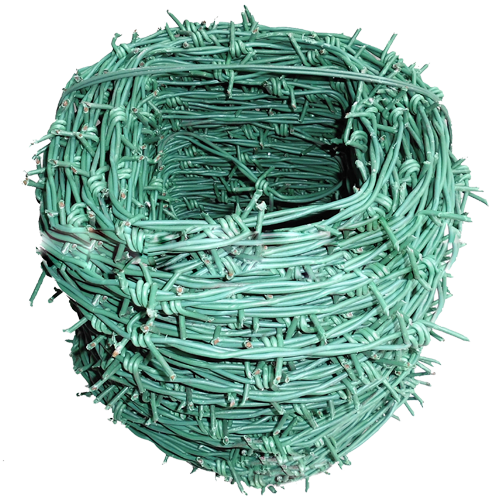Understanding Welded Wire Fabric 4x4 A Comprehensive Guide
Welded wire fabric (WWF) has become an essential component in various construction and industrial applications due to its strength, versatility, and cost-effectiveness. One of the most common configurations in the welded wire fabric category is the 4x4 mesh. This article will delve into the characteristics, applications, production processes, and benefits of 4x4 welded wire fabric, providing a thorough understanding for anyone interested in this material.
What is Welded Wire Fabric?
Welded wire fabric consists of a system of wires that are welded together at their intersections, forming a grid-like structure. Typically made from high-quality steel, these fabrics can be produced in various sizes, shapes, and wire gauges to meet diverse project specifications. The term 4x4 refers to the spacing of the wires – indicating that the mesh's squares have 4-inch by 4-inch openings. This configuration provides a robust framework that can support a variety of loads while maintaining flexibility for different applications.
Characteristics of 4x4 Welded Wire Fabric
1. Strength and Durability The welding process creates a strong bond at each joint, ensuring high tensile strength and durability. This makes 4x4 welded wire fabric suitable for demanding applications and environments.
2. Corrosion Resistance Many manufacturers treat welded wire fabric with protective coatings, such as galvanized finishes, to enhance resistance to rust and corrosion. This is particularly important in outdoor or moisture-prone settings.
3. Versatility The 4x4 mesh is versatile and can be used in numerous applications, including concrete reinforcement, fencing, and even agricultural uses. Its adaptability makes it a go-to choice for many contractors and builders.
4. Easy Installation The uniformity of the mesh makes it easy to cut and shape to fit specific project requirements. Installation is often straightforward, allowing for quicker project turnaround times.
Common Applications of 4x4 Welded Wire Fabric
1. Concrete Reinforcement One of the primary uses of 4x4 welded wire fabric is in the reinforcement of concrete slabs, walls, and foundations. The grid provides support that prevents cracking and enhances the structural integrity of concrete structures.
welded wire fabric 4x4

2. Fencing Solutions The strength and rigidity of the 4x4 fabric make it an excellent choice for fencing. It is commonly used in agricultural settings to protect livestock or crops, as well as in residential fencing for security.
3. Roads and Bridges In civil engineering, 4x4 welded wire fabric is often incorporated into roadways and bridge decks. The mesh acts as a reinforcing agent, improving load-bearing capacity and extending the lifespan of these structures.
4. Cages and Animal Enclosures The durability of 4x4 welded wire fabric makes it suitable for creating cages and enclosures for animals, whether in farms, zoos, or aquariums. Its robust structure ensures safety and security.
The Manufacturing Process
The production of 4x4 welded wire fabric involves several steps
1. Wire Drawing Steel wire is drawn through a series of dies to achieve the desired gauge.
2. Welding The wires are arranged in a grid pattern and then welded together at their intersections using high-quality welding techniques. This can be done using either electric or resistance welding methods, ensuring a strong and stable product.
3. Coating Depending on the application, the welded wire fabric may undergo a coating process. This can include galvanization to prevent rust or other treatments tailored to specific environmental conditions.
4. Cutting and Packaging Finally, the welded wire fabric is cut to the required sizes and rolled for easy transport and installation.
Conclusion
Welded wire fabric 4x4 offers an impressive combination of strength, versatility, and durability, making it a favored choice across various industries. From construction and civil engineering to agriculture and fencing, its applications are vast and varied. Understanding this material's characteristics and benefits can aid builders, contractors, and designers in making informed decisions for their projects, ultimately leading to safer, more efficient, and cost-effective outcomes. As construction needs continue to evolve, 4x4 welded wire fabric will remain a vital component of modern infrastructure.

















